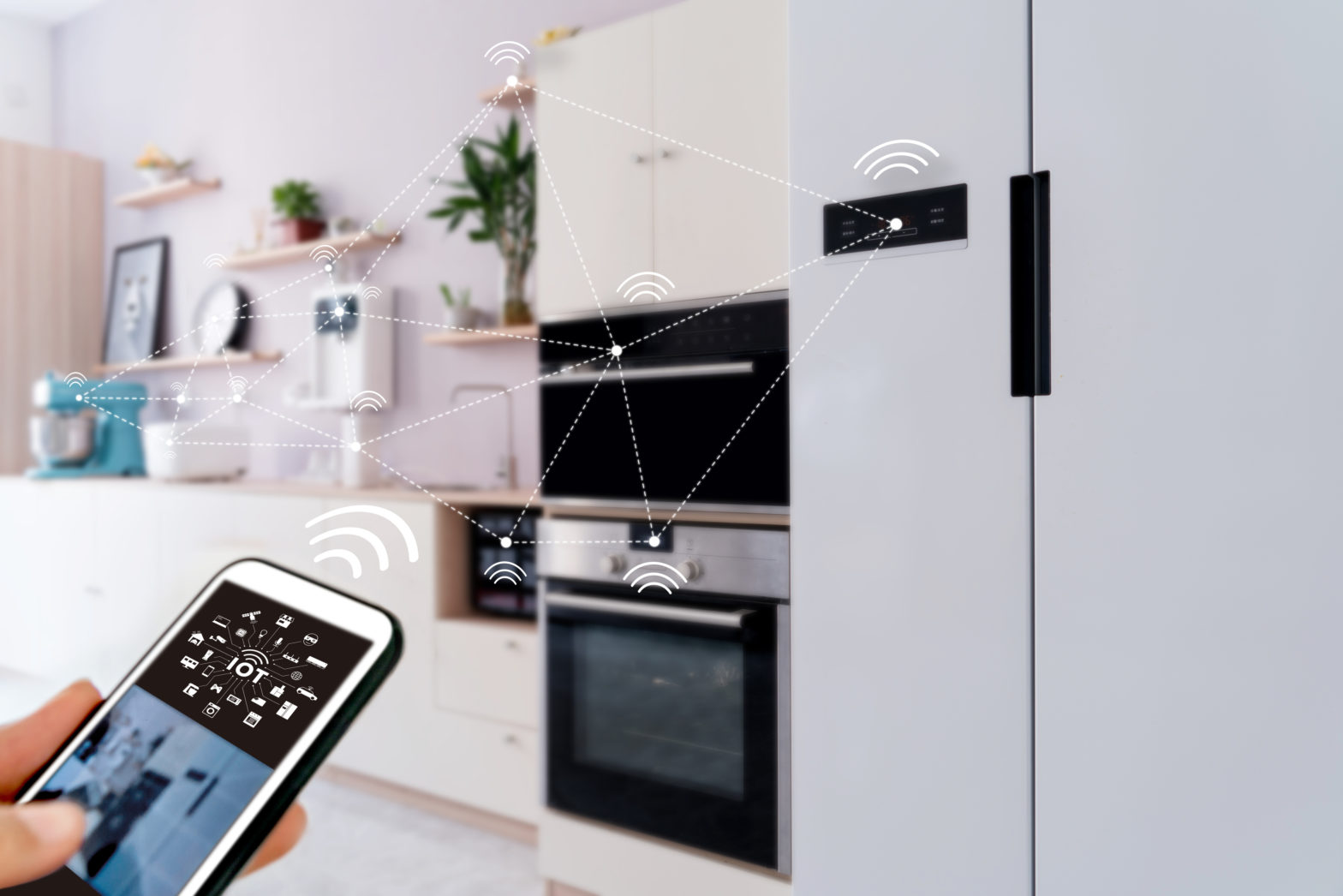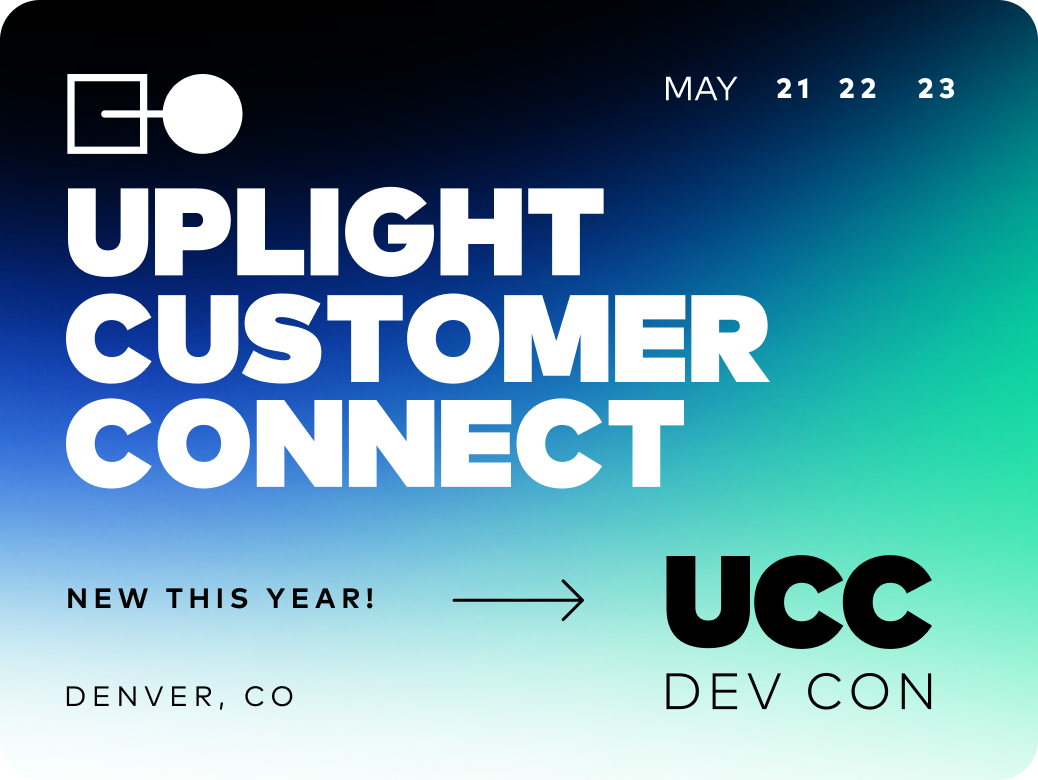This post was originally published on the Ecotagious website. Ecotagious is now Uplight.
A focus on reducing power bills, saving the environment, and creating engaging and personalized content has led to an explosion in interest in energy disaggregation, a solution that harnesses both hardware and software tools to identify and quantify specific sources of household energy use. Energy Disaggregation can be complicated for both residential energy users and utility program managers looking to utilize this new tool in their arsenal, but understanding the basics is a key step towards optimizing its use.
Energy Disaggregation in the context of residential energy use.
Disaggregation is a term that covers a variety of techniques to split household energy consumption into its composite end-uses, offering insights into a consumer’s energy usage habits. Ever-improving smart meters that utilities install in residents’ homes are a key part of this increased load of data, but these meters can only determine total consumption over a given interval (typically every hour or 30 min). The software part of the solution comes in next, as non-intrusive load monitoring (NILM)or ‘disaggregation’ takes the single source of data on energy use from said energy meter and uses algorithms to break that data into constituent components (see an example raw graph output from disaggregation below). This process is done by layering in other sources of data, such as weather data, and being able to read the unique energy signatures and statistical patterns of different household appliances, such as air conditioning or electric space heating, that disaggregation software can identify.
 The end result of this disaggregation process is that utilities can then break down and itemize a customer’s energy use on a system level (e.g., heating/cooling vs. lighting vs. always-on loads) or even down to the individual appliance (e.g., water heater vs. air conditioner). While the idea of contextualizing the energy use of individual components of a home has roots going back years, the application only recently became tangible thanks to the pervasiveness of smart meters. Further, utilizing software to calculate this breakdown is much easier and more cost-effective than sub-metering or attaching energy load-reading meters on individual devices within the home.
The end result of this disaggregation process is that utilities can then break down and itemize a customer’s energy use on a system level (e.g., heating/cooling vs. lighting vs. always-on loads) or even down to the individual appliance (e.g., water heater vs. air conditioner). While the idea of contextualizing the energy use of individual components of a home has roots going back years, the application only recently became tangible thanks to the pervasiveness of smart meters. Further, utilizing software to calculate this breakdown is much easier and more cost-effective than sub-metering or attaching energy load-reading meters on individual devices within the home.
From the perspective of the customer, they are now able to receive a power bill that is more fine-tuned than simply a total measure of kilowatt hours (kWh) or Therms used with associated total charge, but instead a detailed and disaggregated breakdown of how much energy (and money) was needed to power different appliances or devices in the home. This newfound context allows customers to better understand and control their power bill, shifting the narrative from “My utility charged me this much” to “My heating usage cost me this much” and encouraging the customer to take ownership of their power and gas bills.
Studies have shown that energy disaggregation and associated user feedback can prompt behavior change that can improve energy efficiency of affected appliances and home energy systems by up to 15%, but what exactly must be done for the process to be as effective as possible from both the program perspective and the customer perspective?
How energy disaggregation leads to energy savings
The most successful disaggregation strategies are able to combine a commitment to collect and use the data with robust data science. When utilities buy in all the way and treat disaggregation as a key tentpole to their services, as opposed to an extra they offer that isn’t central to their services, well-designed programs will succeed.
From the program perspective, the important factors for an effective disaggregation process include:
Designing the right program: Identifying program potential & timing
Successfully implemented disaggregation is rarely a standalone service, but rather serves as a key cog in the grand customer engagement and service strategy. Whether that’s through integrating disaggregated data into utilities’ mobile apps, giving increased cause to communicate with customers more than once per month for billing and thus establish a stronger relationship, or even real-time checking of energy loads, disaggregation is the first step towards these strategies and not the goal in and of itself.
For example, when utilities use energy disaggregation across entire populations or segments of populations, the data will reveal which types of energy use are contributing the most to total load across the utility’s customer base and will make clear how much of an energy savings opportunity exists with efficiency programs and which loads should be targeted and when. This information can be used to design programs targeting loads delivered during the time of year when customers are most likely to take action. This type of insight drives up impact and drives down costs, making programs much more impactful and cost-effective.
But for those results to come into fruition, the right customers must also be targeted.
Selecting the right customer: Those with high energy savings potential
The days of generic mass mailing and emails are over, as consumers are now adept at tuning out anything generic. Not everyone should be a target, and the cost to send generic messaging to all customers is prohibitive and unwarranted today. Instead, today utilities can use disaggregation to hone in on specific households that have a high potential for savings. Those customers that consume higher-than-average amounts of power on energy hogs like air conditioning or heating are the ones that utilities can focus on to pinpoint the most effective action. Focusing on top quartile customers using a set of disaggregation-based metrics can drive 14 times more savings compared with the same efforts directed towards the bottom quartile. Just as Internet advertisers can send targeted ads to people based on their personal search patterns which results in more relevant and cost-effective advertising compared to billboards or TV ads that reach everyone, disaggregation allows utilities to pinpoint who they think will be best potential customers for certain energy-saving programs. The ability to cherry-pick customers for each program can dramatically increase the cost-effectiveness of energy efficiency and other load management programs.
Right messaging: Creating personalized and relevant messaging
Among the key tools utilities gain when implementing disaggregation programs is a more complete picture of different segments of their customer base, thus enabling hyper-targeted messaging. The next generation of energy efficiency promotion and messaging is enabled by the large datasets disaggregation brings. Not only is this a cost-effective way to manage growing power demand by encouraging more efficient energy use from customers, but doing so will also lead to a clear boost in customer satisfaction as people appreciate the relevant messaging and the resultant savings. In particular, if utilities use disaggregation in conjunction with other innovative energy management strategies, such as time-of-use rates or demand-side management and demand response programs, then the potential for personalized and effective messaging is elevated even further. The possibilities are bound only by the creativity and innovation of the utility. Imagine, for example,if customers were able to receive live alerts about how their air conditioner use is exceeding that of their peers and calculating how much that extra power use is costing them, allowing for immediate energy adjustments and appreciative customers.
Right results: Deliver industry-leading results
In the end, what matters the most is delivering the right results. Delivering industry-leading energy savings requires utilizing the right technology and accessing the rich data at one’s disposal. This data should be used at every step of the process from program design to customer selection to the delivery of hyper-personalized, motivating, and relevant messaging. Utilities aren’t the only ones benefitting from the increased possibilities disaggregation opens, though, as customers see plenty of advantages as their energy providers implement disaggregation.
From the customer perspective, well-designed disaggregation programs will include:
Social benchmarking and personalized insights
The first thing most customers new to disaggregation will notice is the ability to compare their energy use with that of similar size and type homes in the neighborhood – not only in total but also down to the appliance level. While many customers will mentally file away their power bill as a more or less fixed cost, telling customers that they’re using more energy than their peers will not only nudge them to use less energy, but disaggregation can put the s on how to best accomplish that goal. If a customer receives a social benchmarking message that they are spending significantly more on heating than similar 2,500 square foot single family homes in the neighborhood, many will question why their heating usage is so high. This process serves to engage the customer and make them receptive to the personalized heating related tips and recommendations that follow.
Further, energy disaggregation allows utilities to help customers understand power bills that previously did not offer information other than total energy use. By breaking down energy use and costs by appliances and systems, this process highlights for customers areas where they have the greatest opportunity to save. These opportunities are even more impactful for lower-income households that are dedicating larger percentages of their paychecks to utility bills.
Actionable tips and tailored recommendations
Motivating customers to take action on their energy use while only offering generic guidance on how to fix those problems will just cause irritation and frustration. Utilities thus must put all of the pieces together using personalized tips and actionable recommendations.
For example, when told that they are falling short of the neighborhood average on heating energy use, utilities can also include the suggestion of how to adjust thermostat habits that won’t affect daily comfort levels or even offer suggestions for products that will help—such as more efficient heating systems or smart, programmable thermostats. Or if the excess energy usage is identified as coming from their hot water heating, tailored tips can be provided on how to address that specific issue.
In this regard, the data of energy disaggregation can be thought of like Mint or other personal financial tracking tools. These tools take in data from your credit cards and bank accounts to assess month-to-month spending and are able to give a heads up if you’re on track to exceed your typical budget for eating out at restaurants or if a greater percentage of your paycheck is going to non-essential items. They can even offer suggestions of credit cards or other tools that would be better for your budget. Energy Disaggregation is just the same—instead of credit card and bank account data you include energy use data in different parts of the home; instead of tracking spending you’re tracking energy use and instead of offering better credit cards you get offers for actionable tips and more efficient energy-consuming products.
How energy disaggregation from Ecotagious has led to industry-leading results
In terms of the energy disaggregation market at large, we’ve been honored to be recognized as an industry-wide leader in energy analytics and home energy management, having recently been awarded as a top private company in the CleanTech sector by Rocket Builders and by Fast Company as one of the top 12 companies in the world with a world leading edge solution to address issues facing the energy sector. We’ve long acknowledged that the key to energy disaggregation is turning those appliance-level insights into energy savings that benefit both the utilities and their customers. Our SaaS-based solution, Powerful Insights™, has successfully driven energy savings, enhanced the relationship between participating utilities and their customers through the use of energy disaggregation and other data-based analysis.
We enable utilities to reimagine and redirect how customers interact with the grid, their utility, and promote the enhancement of programs and innovation in energy efficiency. The combination of the smart grid and the smart home, all powered by data collection and analysis, creates a whole new world in the energy efficiency and demand side management arenas.





